Cassino. The Benedictine Abbey of Montecassino.
2023
The abbey of Montecassino is a Benedictine monastery located on the top of Montecassino, in Lazio. It is the oldest monastery in Italy together with the monastery of Santa Scolastica.
You may also like
2022
Serapo beach
2024
The abbey of Casamari
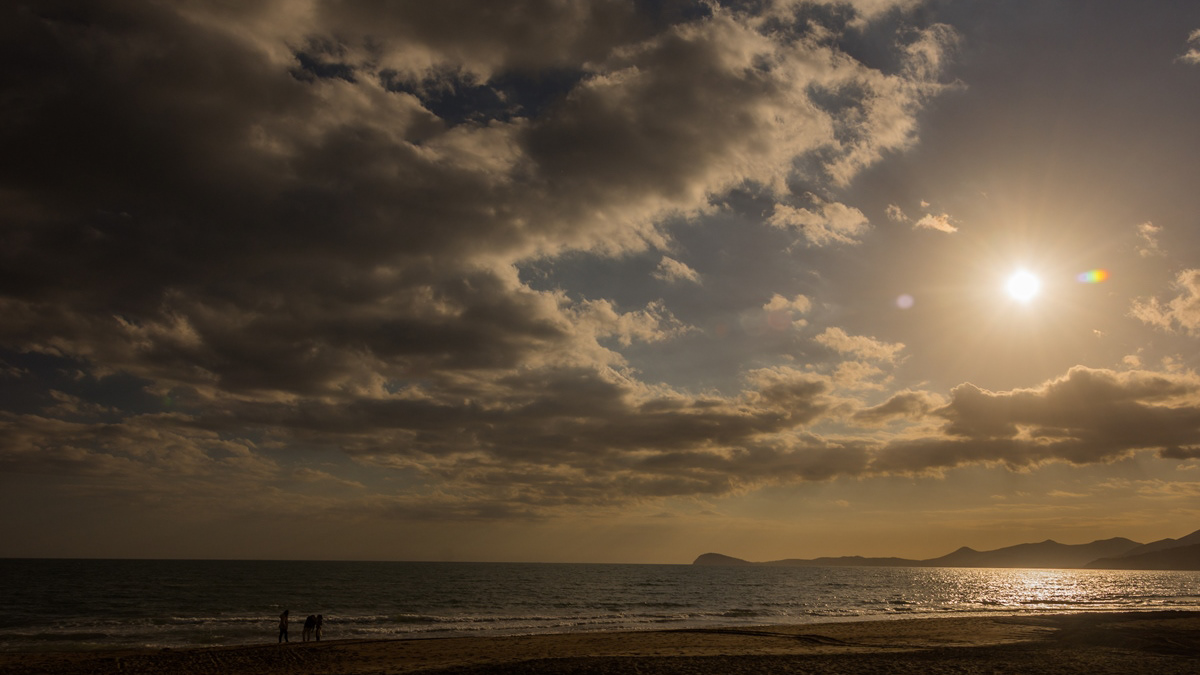
2017
Marina di Minturno (LT) - Parte IV
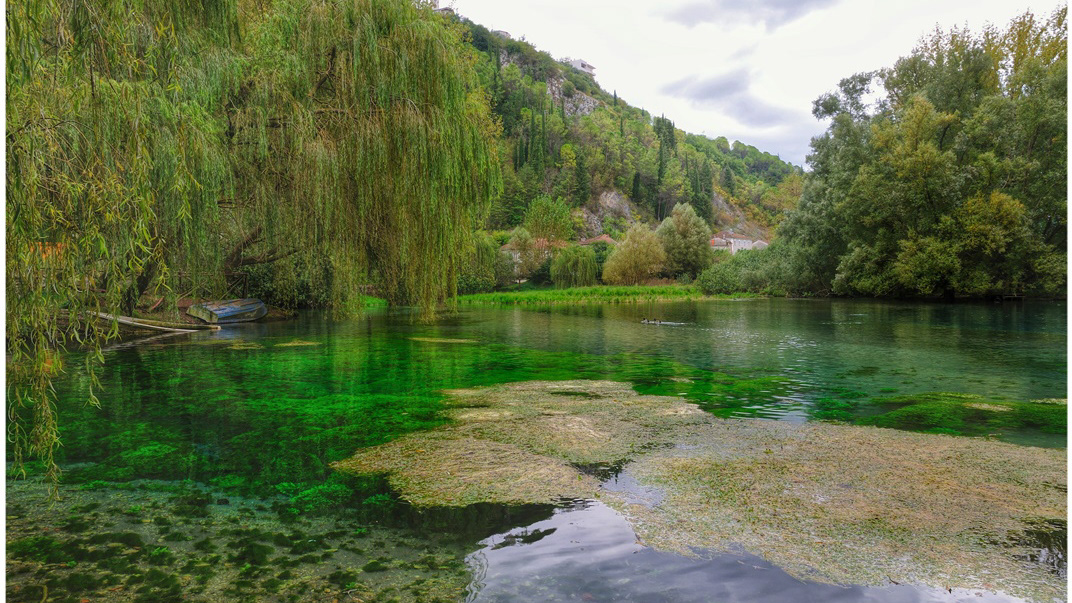
2015
Posta Fibreno (FR) - The Nature Reserve
The Lago di Posta Fibreno regional nature reserve is one of the regional nature reserves established by the Lazio Region and managed in collaboration with the municipal administration of Posta Fibreno. It is famous for hiding a real floating island in the vegetation of the reeds, already mentioned by Pliny the Elder in his Naturalis historia. It was established in 1983. Managed in collaboration with the WWF until 1999, it is currently administered by the Lazio Region and the Municipality of Posta Fibreno which regulates the recruitment of personnel and the management of the budget. It extends for about 400 hectares completely within the limits of the municipal territory of Posta Fibreno, located on the Lazio side of the National Park of Abruzzo, Lazio and Molise in the Province of Frosinone and includes the surface of the homonymous lake (about 300 m asl), the southern and eastern shores, the banks of the Rio Carpello and part of the hilly area (max 500 meters above sea level) between the localities of Carpello and Vallone della Pica on the border with the municipalities of Campoli Appennino and Broccostella. The naturalization of the territory occupies an increasingly large area but the western shore of the lake is very urbanized due to the development of ancient rural settlements and a weak tourist reception activity (mainly catering). The hamlet of Casalvittoria grows to the south, joining the historic center of Posta Fibreno with the former Vandra state road and the Avezzano-Sora-Cassino highway.
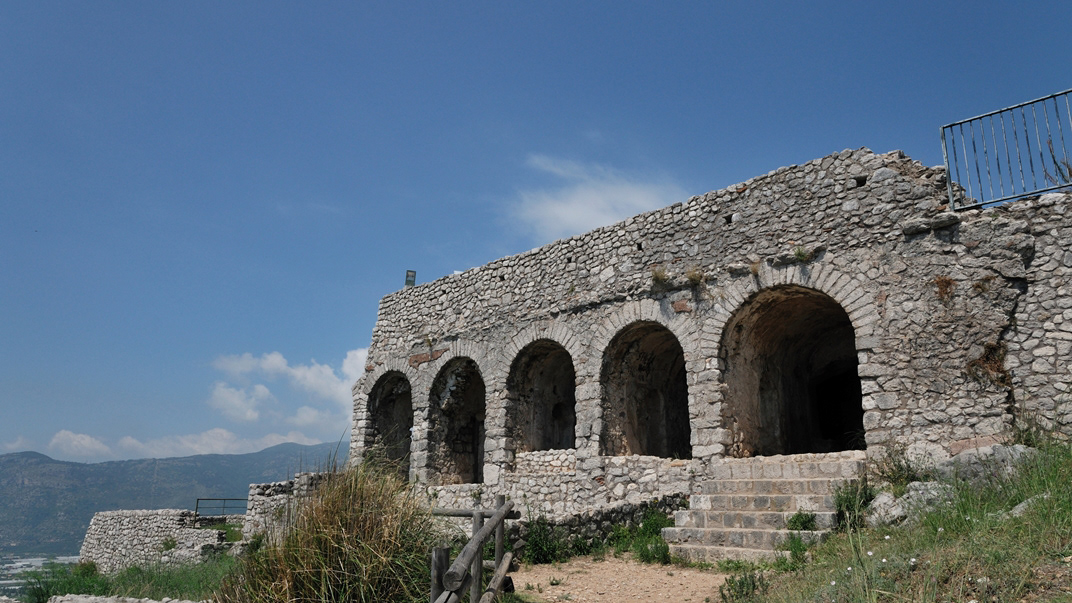
2014
Terracina, Temple of Jupiter Anxur
The temple of Jupiter Anxur is a Roman temple built on an imposing construction of the 1st century BC. on Mount Sant'Angelo, in the city of Terracina, in the province of Latina.
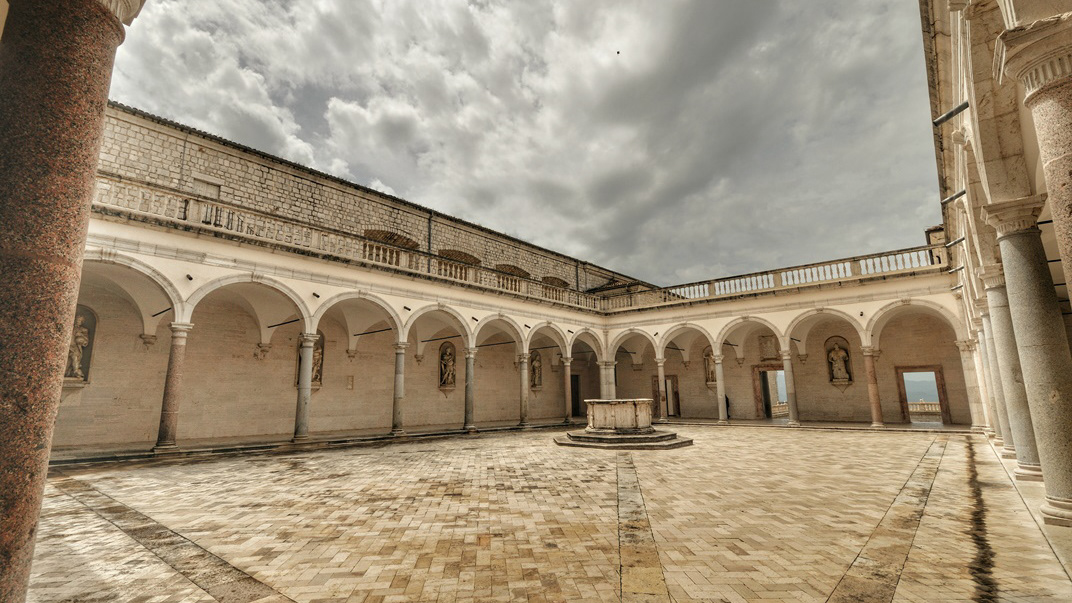
2017
Benedictine Abbey of Montecassino (FR)
The abbey of Montecassino is a Benedictine monastery located on the top of Montecassino, in Lazio. Since December 2014 the site has been managed by the Polo Museale del Lazio. The abbey of Montecassino is the oldest monastery in Italy together with the monastery of Santa Scolastica.
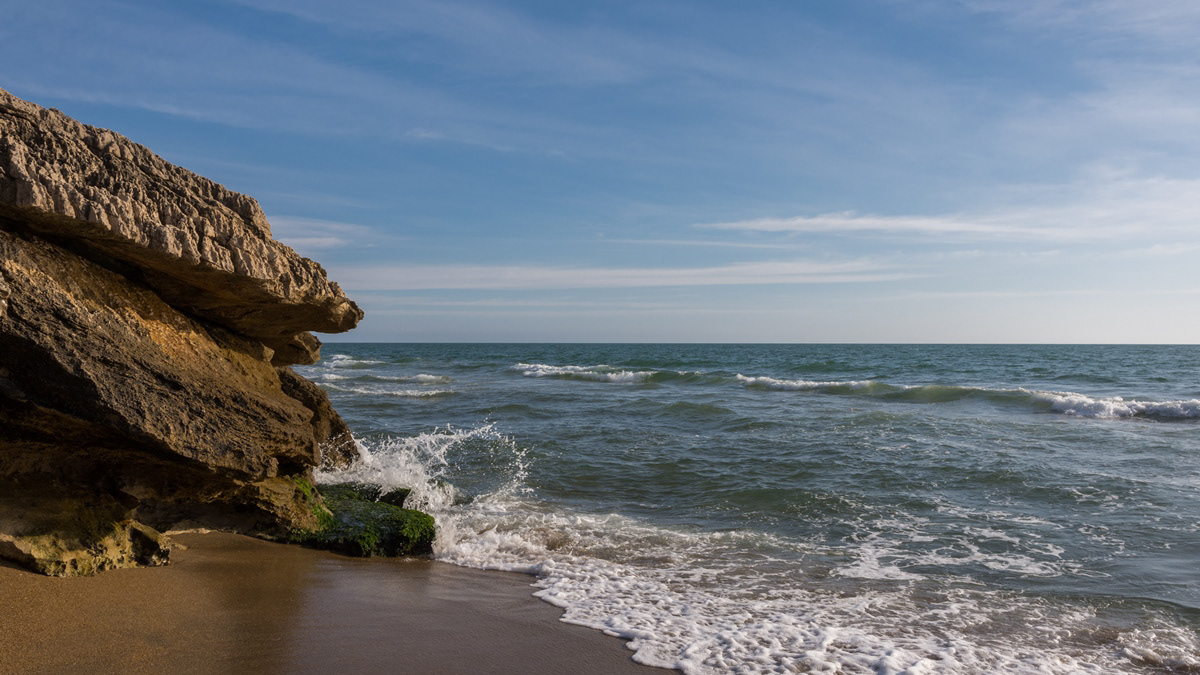
2017
Marina di Minturno (LT) - Parte II
2022
Gaeta.Sanctuary of the Split Mountain
The Sanctuary of the SS. Trinità was built in the 11th century by Benedictine monks on a slope of Monte d'Orlando but the current configuration of the complex dates back to the end of the 17th century and incorporates elements of the Neapolitan and Spanish baroque. Numerous popes, sovereign bishops and saints prayed in this sanctuary including Pope Pius IX, Bernardino of Siena, Ignazio di Loyola, Leonardo da Porto Maurizio, San Paolo della Croce, Gaspare del Bufalo and San Filippo Neri. Legend has it that San Filippo Neri lived inside the Montagna Spaccata, finding refuge on a stone bed now known as the "bed of San Filippo Neri". Along the walls of the rock, it is possible to admire majolica panels depicting the Via Crucis, dating back to 1849 and attributed to S. Bernardino da Siena, containing the verses of Metastasio. In 1434 from the top of the two rock ridges that gave rise to the name of "split mountain" a boulder came off and got stuck further down between the walls of the cleft. A small chapel dedicated to the Crucifix was built on it (14th century).
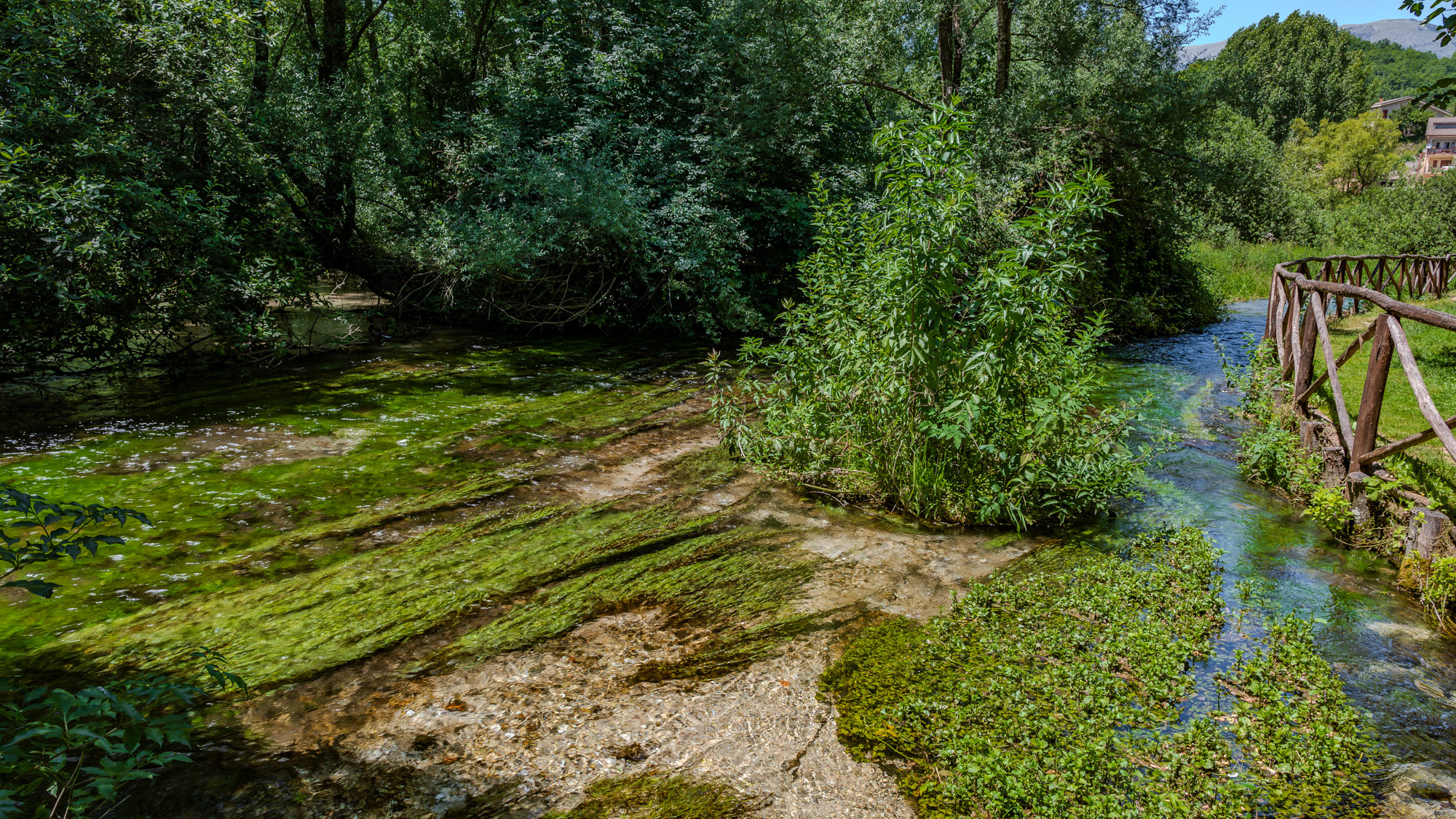
2024
Posta Fibreno lake nature reserve, Frosinone
The Posta Fibreno lake is located in the Comino Valley. In addition to its endemic fauna, the lake is known for the presence of a natural floating island already described by Plinio il Vecchio.
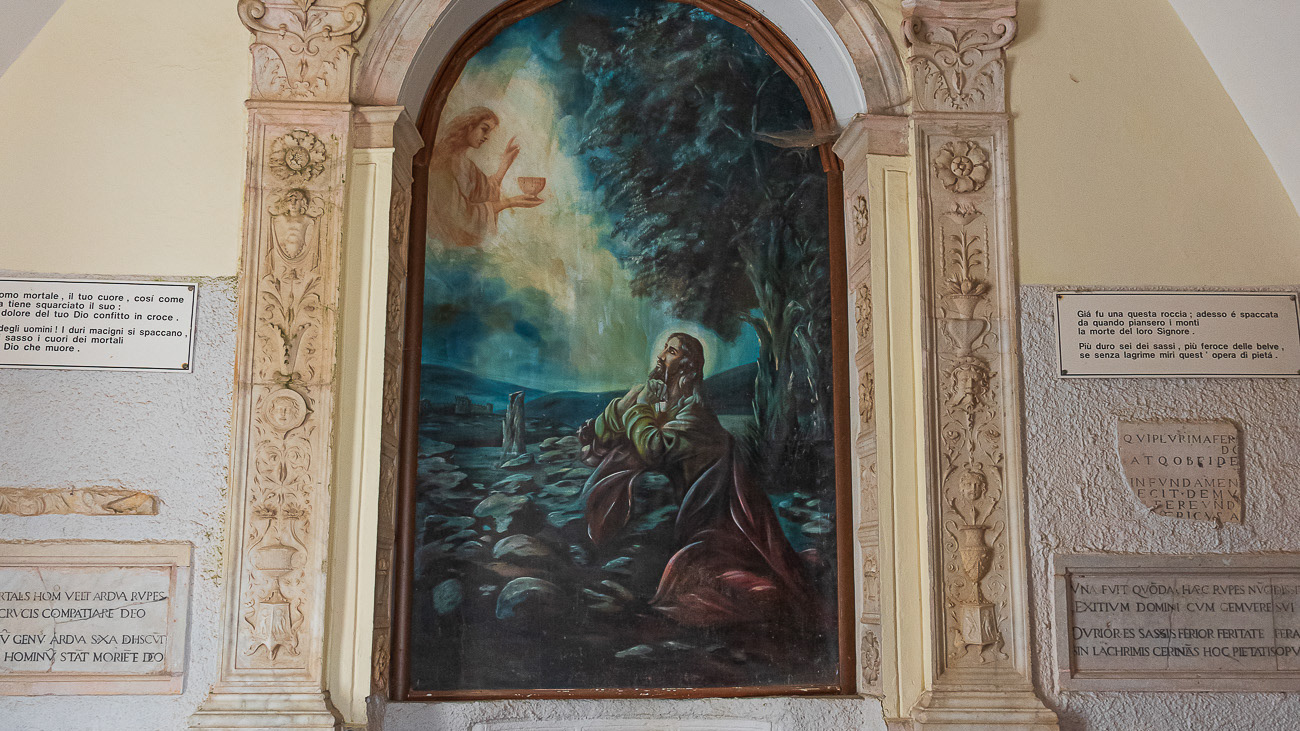
2022
Gaeta, Lazio, the Split Mountain.
According to the most famous legend, the Montagna Spaccata di Gaeta split into two large blocks of rock at the time of Christ's crucifixion, leaving an inlet to the clear waters of the Gulf. The waters of the Mediterranean poured into the rupture lines, forming underground caves and streams. The natural recess became an ideal hiding place for pirates since ancient times.
